The surprising reason this elite athlete doesn't wear fitness trackers during competitions
Can a fitness tracker hinder your performance?
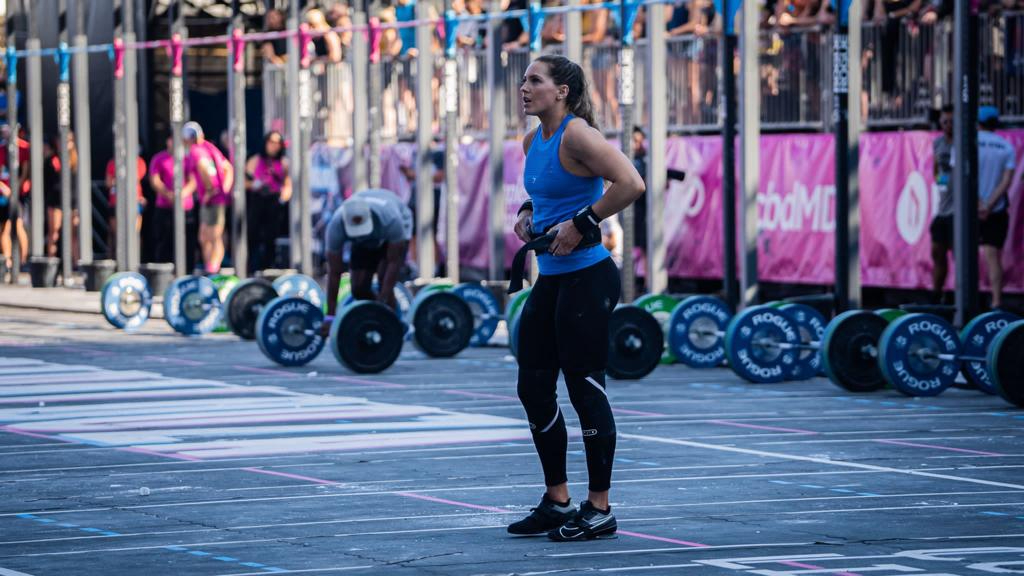
Wearable tech is as much a part of most modern athletes’ game-day get-up as the shoes on their feet. But recently, I spoke to a top CrossFit competitor who chooses to ditch the best fitness trackers during competition.
Aimee Cringle, the UK’s fittest woman 2024, usually wears a Garmin Forerunner 955 on one wrist and a Whoop 4.0 on the other (for real-time running paces and wider performance metrics, respectively). But she took both of them off ahead of the 2024 Europe CrossFit Semifinals event, and for good reason.
“Over the competition period, I didn’t wear any trackers. I didn’t really want to see my Whoop recovery score on the days I competed,” she tells me.
“I don’t know if I’m the only one who does it; but if on waking it showed me I wasn’t well recovered, in my head I’d be more likely to feel poorly recovered. If I don’t have it on, I just don’t know.”
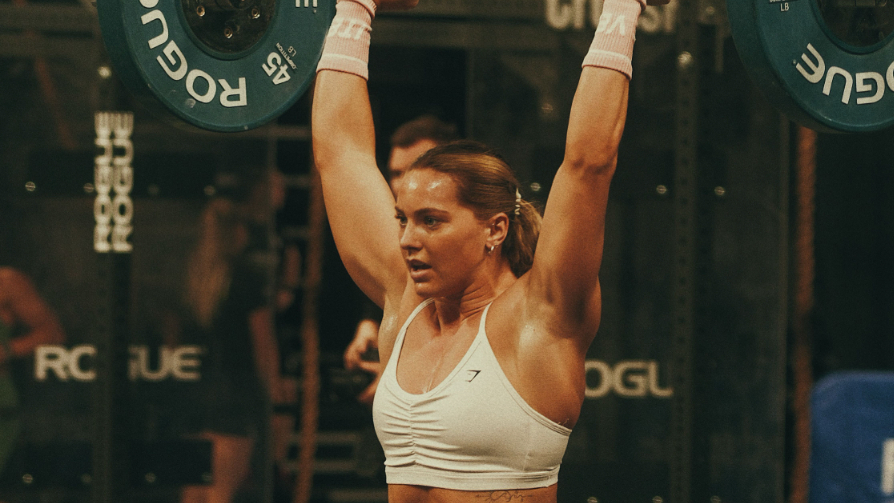
The screenless Whoop band delivers a wealth of data to you via an app, which it sums up in four easily digestible figures: recovery, heart rate variability, strain and sleep. Since entering the fitness tracker scene in 2015, other brands have introduced similar features, such as Fitbit’s Daily Readiness score and Garmin’s Training Readiness score.
This is helpful information to have at your fingertips. But, when wearing the Whoop band, I found I had a similar problem to Cringle.
Overall, I loved the tracker – the robust design survived several trials by heavy kettlebell, and the journal function was brilliant for identifying the behaviors that attributed to the changes in my data.
Get daily insight, inspiration and deals in your inbox
Sign up for breaking news, reviews, opinion, top tech deals, and more.
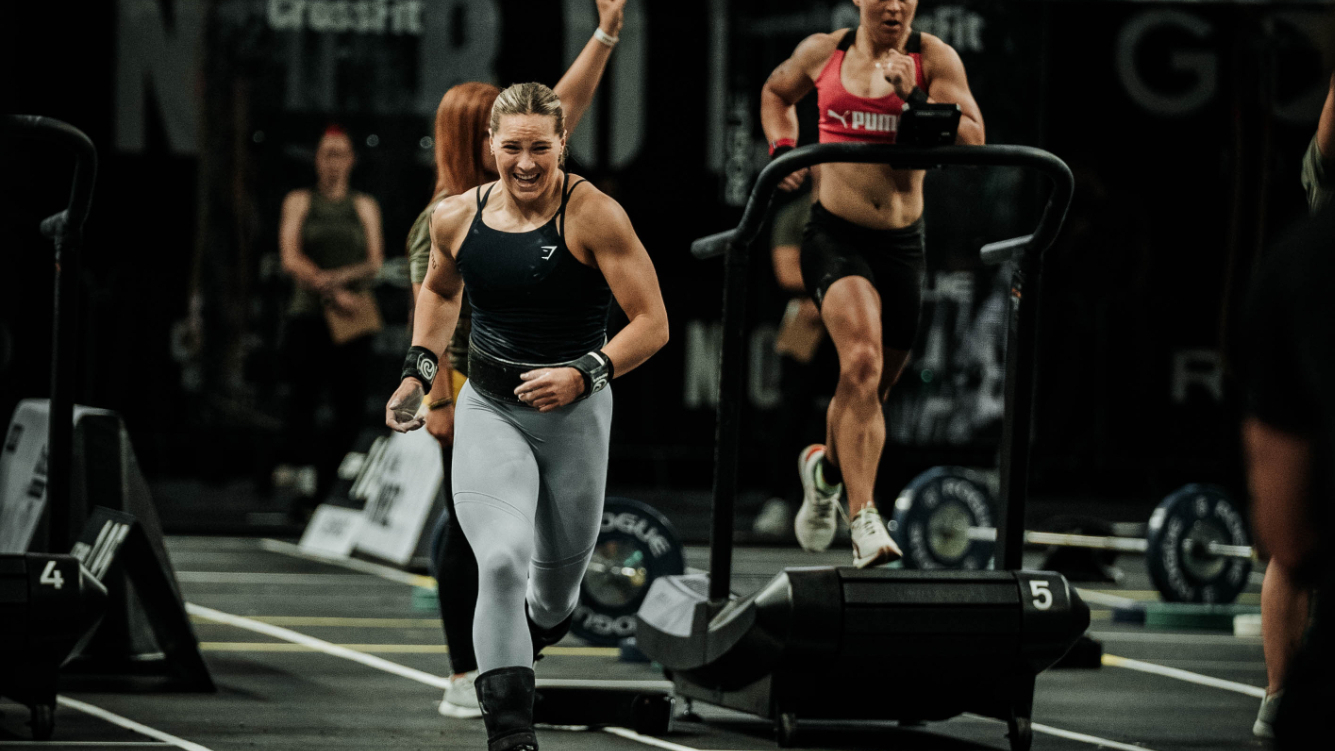
However, when I woke up to a red recovery score (the band uses a traffic light system), I found I immediately felt worse. As someone who works out first thing in the morning, this could scupper my chances of a successful training session.
You could argue a case of “chicken or egg” here. Did I feel bad because of the factors that contributed to my poor recovery score, or did seeing my poor recovery score make me feel bad? Either way, I found I felt worse knowing I was in the red than I did training in blissful ignorance.
Cringle also ditches her fitness trackers during her time off from training. “I don’t need to know how little I’m sleeping and how much I’m not moving [during this time]”.
But she does like to wear them for her regular training, recently investing in a Forerunner 955 – one of the best Garmin watches – to help her fine-tune her performances both on the running track and in the swimming pool.
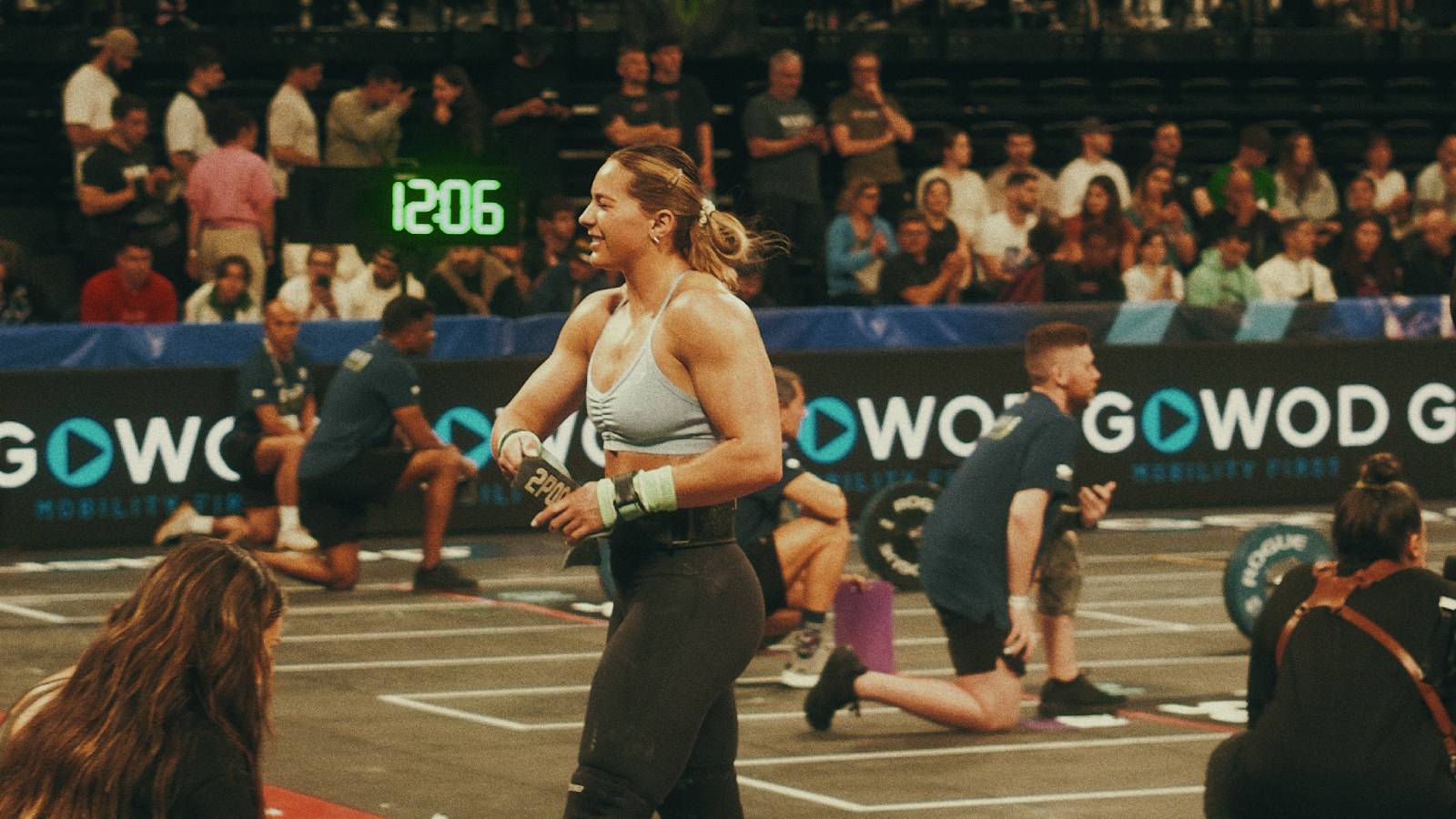
On the other hand, quite literally in this case, Cringle uses the Whoop band to track health data such as her sleep, and develop helpful habits off the back of the feedback it provides.
“I also like being able to connect it to my phone, so I can see my heart rate in real-time while I’m on the [static] bike,” she adds.
In contrast, her training partner and fellow British CrossFit Games qualifier Harry Lightfoot says he was heavily reliant on a fitness tracker during the 2024 Europe CrossFit Semifinals. This was especially true during the first workout, in which athletes had to complete five rounds of an 800m run and 10 clean and jerks as fast as possible (you can find out how to try Lightfoot’s surprisingly accessible version of the workout with this handy guide).
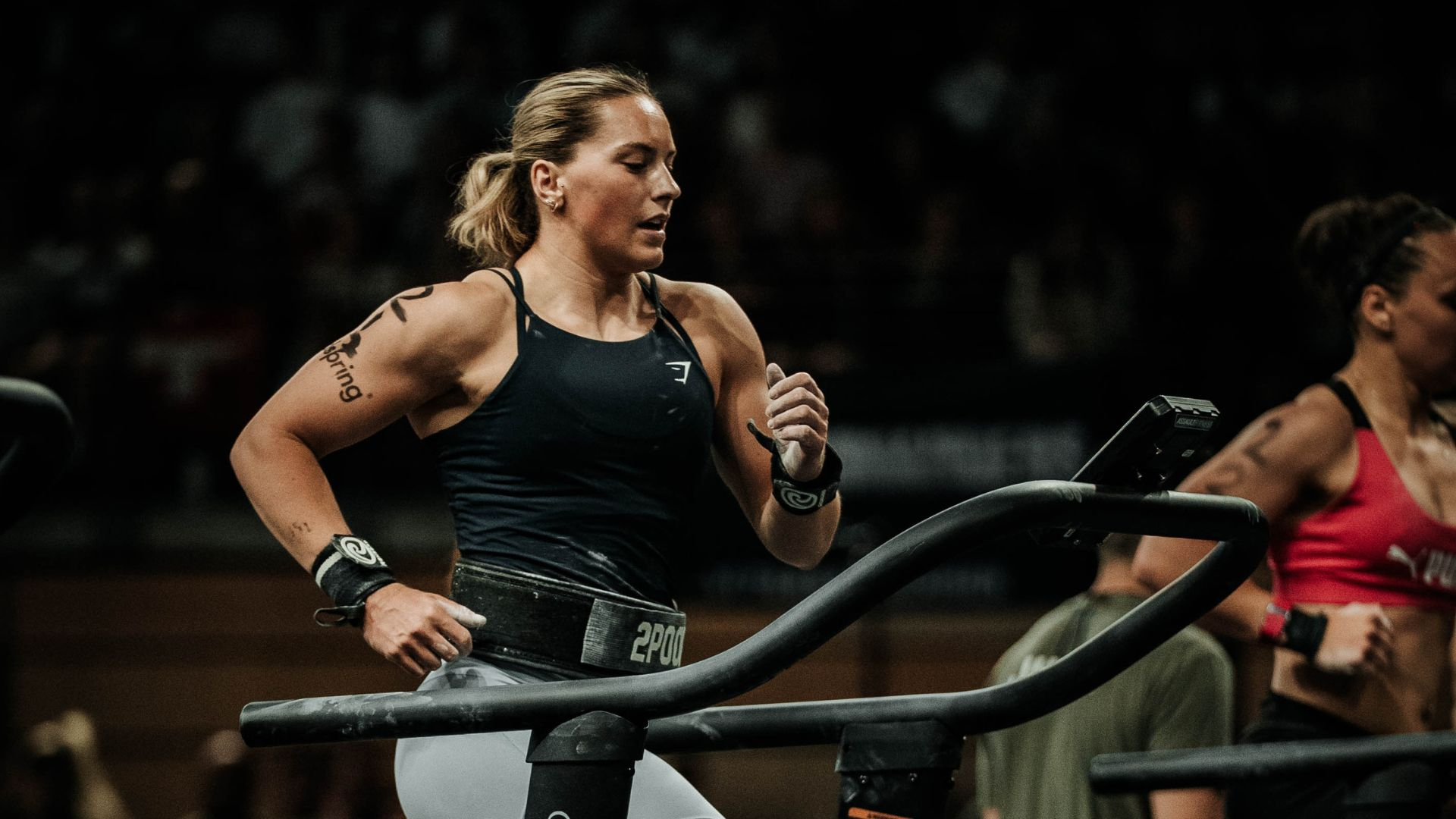
“During the event, I was using my smartwatch a lot for the data and the paces,” he explains. In training, he tried the workout a few times, experimenting with a range of speeds to see which ones worked best.
“It’s all about finding that sweet spot: where you’re not running too slowly, but you’re still able to come back to the barbell feeling pretty good and attack each rep.”
In the end, he and his coaches settled on running the first and last 200m of each 800m segment a little slower than the rest, allowing him to recover from the clean and jerks, then come back to the barbell feeling fresher than he would had he just gone hell for leather.
The important thing to take away from this is that every athlete, and every person, is different. Despite their different approaches to using fitness trackers in competition, both Cringle and Lightfoot recorded impressive top-10 finishes in the event, qualifying for their first CrossFit Games. This is the reason it pays to find a way to use a fitness tracker that works for you.
You might also like...
- A top fitness coach shares his favorite 20-minute kettlebell workout for building full-body strength and muscle
- A Pilates expert says these are the five ‘essential’ moves most people should be doing
- I tried Hugh Jackman’s 7-minute workout which 'uses every single muscle' and it’s one of the hardest things I’ve ever done
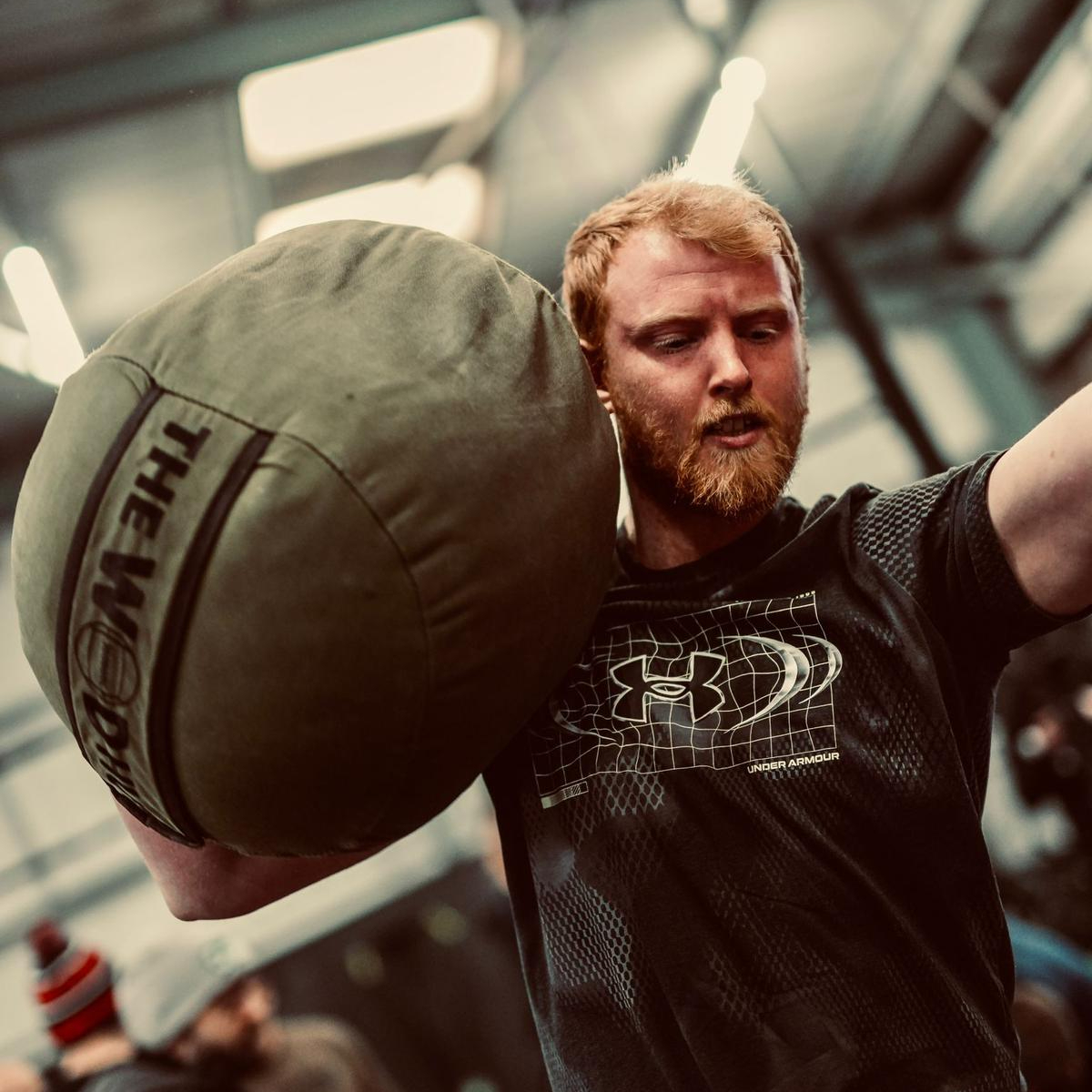
Harry is a huge fan of picking things up, putting them down again and writing about it, which uniquely qualifies him for the position of fitness and wearables writer with TechRadar.
He’s an NCTJ-qualified journalist with a degree in English and journalism and several years’ experience covering the health and fitness beat. This has involved writing for the likes of Men’s Health, Women’s Health, Runner’s World, Fit&Well, Live Science and Coach.
Harry is passionate about all things exercise-related, having spent more than a decade experimenting with a wide range of training styles. He's used strength training, bodybuilding, Pilates, powerlifting, gymnastics, rowing, yoga, running, calisthenics, CrossFit and more to build a fit, functional body (and have fun while doing it).
When he’s not writing or training, he can usually be found racing his dog Archie up scenic hills in the south west of England or working to complete his NASM-certified personal trainer qualification.